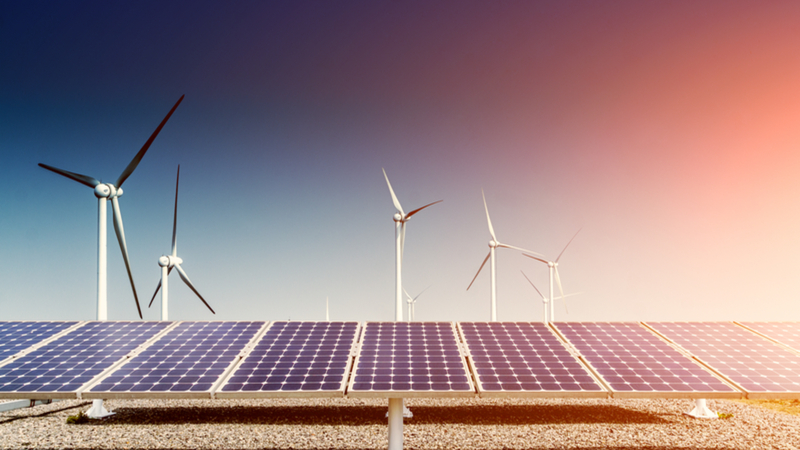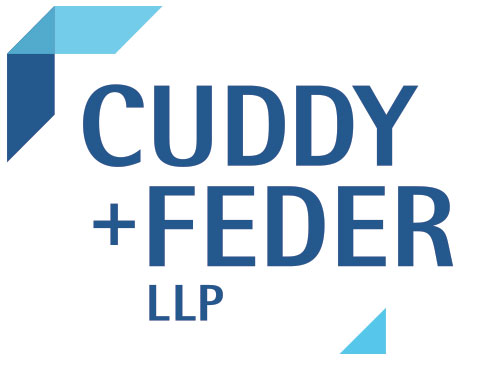
Reforming the Energy Vision New York State has positioned itself as a significant disruptor in the energy markets through its Reforming the Energy Vision (REV) initiative. As part of REV, on August 1, 2016, Governor Andrew M. Cuomo announced the New York State Public Service Commission’s approval of his directive to establish New York’s Clean Energy Standard, calling it “the most comprehensive and ambitious clean energy mandate in the state’s history, to fight climate change, reduce harmful air pollution, and ensure a diverse and reliable energy supply.”
The Clean Energy Standard will require that 50 percent of New York’s electricity comes from renewable energy sources (such as wind and solar) by 2030. In its initial phase, utilities and other energy suppliers are required to procure and phase in new renewable power resources starting with 26.31 percent of the state’s total electricity load in 2017 and growing to 30.54 percent of the statewide total in 2021.
It is anticipated that this “50 by 30” goal will foster a large push to further deregulate the energy marketplace, and to decouple the elements of the energy industry, namely, the generation (the process of generating electric power at a power plant), the transmission (moving the generated electricity from a power plant to a substation) and the supply (moving the electricity from the substation to customers).
The approval of the Clean Energy Standard comes on the heels of another aspect of REV: the NYS PSC’s efforts to foster Community Choice Aggregation, or CCA, which is a program that allows municipalities to pool together to replace the utility as the default supplier of electricity and gas. CCAs are created through the municipalities’ home rule power to enact local laws. Sustainable Westchester was the first CCA, and is the model for other statewide CCAs.
It is anticipated that municipalities will band together through inter-municipal agreements to retain Community Choice Aggregation Administrators, who will guide the municipalities through the process of moving most energy users to receiving supply from energy supply companies (ESCOs) after a competitive bid process. The goal is for the ESCO competition to drive down NY’s electricity rates.
Currently, certain customers pay in excess of 20 cents/kW hour, and supply generally represents at least half of that kW hour cost.
The Public Service Commission also has open dockets seeking to encourage and facilitate community solar, demand response, distributed energy resources, microgrids, and energy efficiency in localities.
Property Assessed Clean Energy Financing
Meanwhile, Property Assessed Clean Energy (PACE) financing for renewable and energy efficiency, administered through the Energy Improvement Corporation of NY, based in northern Westchester County, continues to gain traction and grow.
EIC’s Energize NY program has approved millions of dollars in clean energy projects in its member municipalities since launching in 2015, including a 120 kW roof-mounted solar electric system at Terra Tile & Marble in the Town of Ossining, and energy efficiency upgrades at the Robson House, a multifamily affordable housing facility in North Salem, which is owned by A-HOME, a not-for-profit based in Pleasantville, NY. More recently, Energize NY approved a 20-year $150,800 PACE loan that covered 100% of the costs of both roof repair and solar installation, at a very affordable 3.83% interest rate, for St. Christopher’s Roman Catholic Church in Cortlandt, NY.
In July 2016, the Federal Housing Authority (FHA) and the U.S. Department of Veterans Affairs (VA) issued guidelines to the housing lending market indicating that both agencies will continue to insure mortgage loans associated with individually owned residential properties that have taken out a PACE loan to finance energy improvements.
The NY Green Bank also has committed to deals resulting in $686 million of private and public investments to date, including its announced closing on August 5, 2016, of a $37.5 million loan to Vivint Solar, which will result in approximately $167 million in new investment in New York’s clean energy economy, and will provide financing for thousands of new solar projects at homes across the state.
Other Projects
The incumbent utility companies are also seeking to actively participate in this dialogue and the oncoming transition to renewable energy. By example, Con Edison, through its “Connected Homes” REV demonstration project, seeks to increase the use of distributed energy resources and energy savings products, by using advanced customer segmentation and targeting analytics to allow users to determine the costs and benefits of these products, while receiving fees from companies such as Nest for introductions to potential customers — a new revenue stream for providing more than electricity and engaging customers.
Similarly, the New York ISO (Independent System Operator) continues to evaluate how, notwithstanding REV, it will maintain reliability and the overall cost of electricity. On June 30, 2016, the NY ISO issued a report entitled “Solar Impact on Grid Operations — An Initial Assessment,” examining the potential for growth in solar power, the impact of increasing intermittent resources on grid operations, and forecasting issues that must be addressed to make effective use of solar resources in the future.
Following its pioneering work in the area of wind forecasting, the NY ISO is evaluating potential solar forecasting systems, and is on track to have a system in place by the summer of 2017. The NY ISO’s forecasting tools are intended to help successfully integrate solar resources and explore the potential of storage resources with an energy storage market integration and optimization initiative. Further, the NY ISO is developing a Distributed Energy Resource Roadmap, to help guide changes in wholesale electricity market design that will enhance integration of distributed energy resources.
Conclusions
Ultimately, it seems that the trend for the future is more local and distributed energy. In many cases, it is expected that municipalities, through CCAs, will be the empowered parties, using municipal home rule legislation and project administrators paid for with energy savings. Indeed, REV seeks to create a disaggregated energy future, where each of the utilities will be pushed to have 50 percent of its generation provided by renewable sources, ESCOs will fight competitively for the supply business, and the transmission infrastructure will require numerous upgrades.
As such, we foresee REV continuing to push forward, with the New York State PSC (and possibly the legislature) as well as NYSERDA interpreting and providing for numerous changes to the rules and regulations, in order to facilitate the goals of increasing adoption of distributed energy resources, improving energy efficiency, and increasing customer engagement.
The opinions expressed are those of the authors and do not necessarily reflect the views of the firm, its clients, or Portfolio Media Inc., or any of its or their respective affiliates. This article is for general information purposes and is not intended to be and should not be taken as legal advice.


